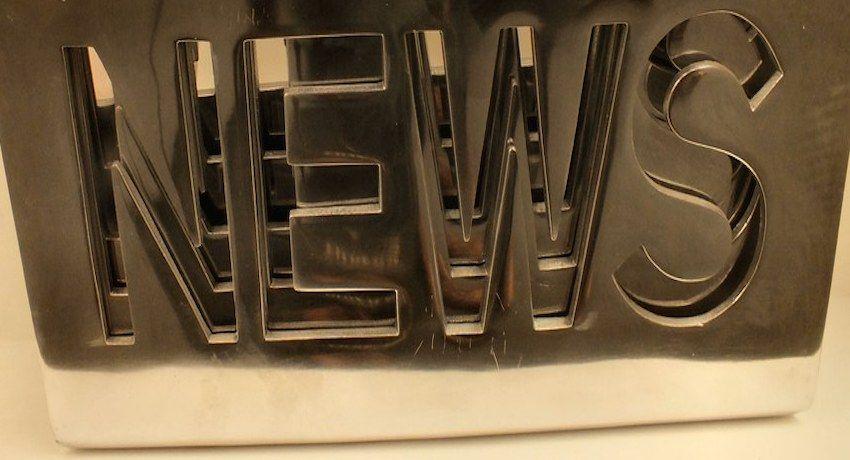
EU General Court dismisses the Tour de France’s appeal in trade mark dispute
On 12 June, in case T-604/22, the General Court of the European Union issued a decision in a dispute between the international trademark "TOUR DE FRANCE" and the EU figurative trademark "TOUR DE X".
In May 2017, the German gym chain FitX applied to the European Union Intellectual Property Office (EUIPO) to register the sign "TOUR DE X" as an EU figurative trade mark, covering a wide range of goods in classes 25 and 28 of the Nice Classification, such as clothing, shoes, games and video game machines, sports articles and equipment, as well as several services in class 41, such as sports education services, training, entertainment and sports and cultural activities. However, the French company Société du Tour de France opposed the registration, relying on 4 earlier word and figurative marks, including N. 329298 and 28191, consisting of the words TOUR DE FRANCE or LE TOUR DE FRANCE and covering the same goods and services in Classes 25, 28 and 41.
The Opposition Division and the Board of Appeal of the European Union Intellectual Property Office (EUIPO) rejected the opposition, holding that there was no likelihood of confusion between the marks at issue. They considered that, although the goods and services covered by the marks were similar, the use of the Tour de X mark would not take unfair advantage of or be detrimental to the marks of the Société du Tour de France.
The Société du Tour de France appealed against the EUIPO’s decision before the General Court of the European Union, which had to decide whether there was a likelihood of confusion between the trade mark applied for, "TOUR DE X", and the earlier trade marks "TOUR DE FRANCE" and "LE TOUR DE FRANCE".
The Court upheld the decision of the EUIPO that the public would not confuse the marks despite the identity or similarity of the goods and services and the distinctive character acquired by the marks of the Société du Tour de France in relation to the organisation of cycling competitions. It held that the only common element between the marks, 'tour de', was of weak distinctive character and the degree of similarity between the marks is low since the distinctive elements of each mark (“X” and “France”) were different. The General Court pointed out that 'tour de' is a descriptive expression which is used very frequently in connection for cycling competitions and similar events and therefore has a very low, if any, degree of distinctiveness.
EU General Court dismisses Google’s appeal in trade mark dispute
In a recent judgment of 12 June 2024 (T-78/23), the General Court of the European Union ruled on a trade mark dispute concerning the EU trade mark "GPAY" and the earlier national trade mark "ePay".
In October 2019, the tech company Google LLC applied to the European Union Intellectual Property Office (EUIPO) to register the word mark "GPAY" as an EU word mark, covering several goods and services in Classes 9 and 36 of the Nice Classification, such as payment options, money transfers and electronic commercial transactions. However, the Bulgarian company EPay AD filed an opposition based on the likelihood of confusion with its earlier national figurative mark "ePay", which mainly covers machines and mechanisms for coin-operated apparatus, financial and monetary affairs in Classes 9 and 36.
The Opposition Division and the Board of Appeal of the European Union Intellectual Property Office (EUIPO) found that there was a likelihood of confusion between the marks at issue. First, the Opposition Division confirmed that the Bulgarian company had effectively proved genuine use of its mark in relation to electronic payment services falling within the categories of 'financial affairs' and 'monetary affairs' in Class 36. In addition, the Board of Appeal held that the goods covered by the trade mark applied for, GPAY, were moderately similar to the electronic payment services covered by the earlier trade mark, ePay, while the services were identical. Secondly, the Board of Appeal considered that the signs in question were moderately similar overall. Thirdly, it concluded that the distinctiveness of the earlier mark ranged from average to high, depending on the level of English proficiency of the relevant Bulgarian public.
The General Court of the European Union had to determine whether there was a likelihood of confusion between Google's trade mark application 'GPAY' and the EPay AD's earlier trade mark 'ePay'.
The Court upheld the EUIPO's decision that the services covered by the trade marks were similar, as both of them are related to electronic payment services, implying an overlap in the scope of services offered. As regards the similarity of the signs, the Court noted that, despite the difference in the initial letters ('G' in GPAY and 'e' in ePay), the presence of the common element 'pay' resulted in an average similarity between the signs. In addition, the Court pointed out that the sound of the mark ePay was fully incorporated into the mark applied for, GPAY, with the exception of the letter 'G'. Therefore, the General Court concluded that there was a high likelihood of confusion between the conflicting marks and rejected Google’s appeal and trade mark application
Details
- Publication date
- 28 June 2024
- Author
- European Innovation Council and SMEs Executive Agency
